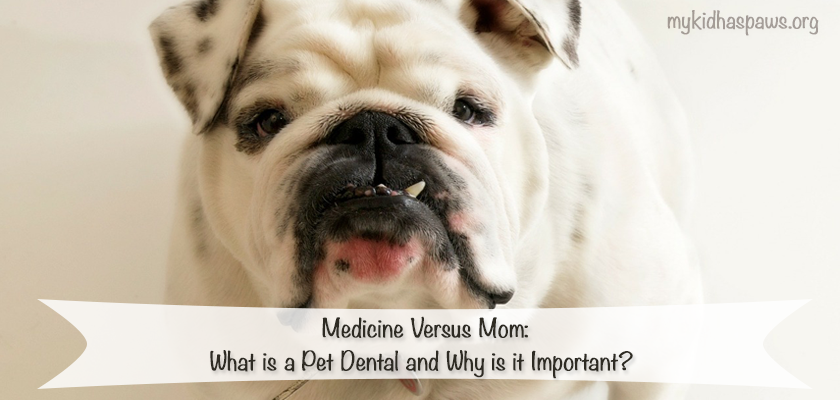
Carol Bryant from Fidose of Reality and myself, have decided to bring together our experiences in order to give you two sides to the same story. If you missed our inaugural post of Medicine versus Mom, you can check it out here.
If you aren’t familiar with Carol Bryant, she is a good friend and fellow pet blogger. She is the founder and CEO of Fidose of Reality. If you haven’t checked out her blog, you really should! As a seasoned blogger and writer she brings her dedicated pet parent perspective to share will all “Dog Lovers of the Highest Order”. Her posts are always a must read for me, and for any other pet parent out there. As we progress through our Medicine versus Mom series, I hope to share with you even more reasons why Carol is awesome!
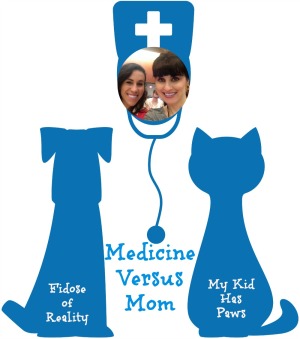
In case you haven’t heard, February is National Pet Dental Health Month.
Pet parents are told time and time again that Pet Dental Health is important. I mean, an entire month is dedicated to it, right? Today, I want us to understand why pet dental health is important and what a pet dental entails.
What can dental plaque do to your pet’s health?
When a pet’s dental health has gotten to the point where they have oral lesions, as seen below, bacteria can get into their blood stream through these oral legions. This is referred to as bacteremia (PetMD).
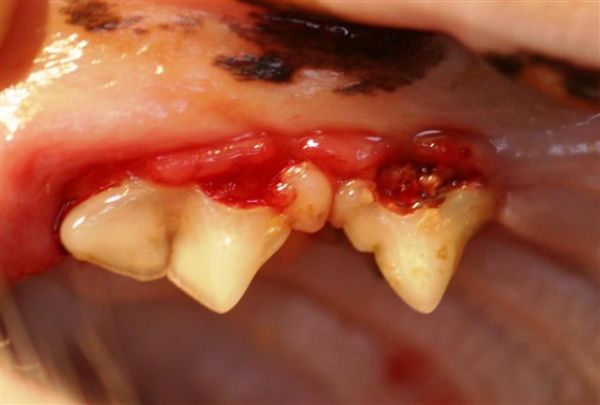
Photo Courtesy of www.mypetdentist.com
Is this just a regular bacterial infection? No.
Bacteria in the blood stream can lead to bacterial endocarditis, which is where the bacteria have reproduced and settled in the lining of your pet’s heart or heart valves. Often, this results directly in kidney damage and joint problems, that all started in the mouth (PetMD).
If my pet’s veterinarian has recommended a dental, what can I expect?
First, it is important to understand the severity of your pet’s dental disease.
If your pet is seen by their veterinarian for their annual check up every year, and this is the first time that your vet has mentioned your pet’s dental health, this will probably be a routine cleaning procedure that will take care of the initial signs of dental issues, and serve as a preventative for future issues. Take it from someone who just had two route canals (because I missed an annual dental cleanings) they are important!
If your pet hasn’t been seen by their veterinarian regularly, and they mention that your pet is in dire need of a dental, this may include an extensive cleaning and possibly some extractions.
Regardless of severity, your pet will need to have some pre-anesthetic bloodwork, to ensure that they are healthy enough for anesthesia.
Once your pet’s dental procedure has been scheduled, you will need to drop your pet off in the morning on an empty stomach, and you will pick them up in the evening post-op.
Is my veterinarian the right veterinarian to trust for this procedure?
I have worked for a handful of veterinarians and I must say there are a few things a veterinarian should have in order for me to trust them to perform a dental procedure:
They should require pre-anesthetic bloodwork: this is paramount to determining if your pet is healthy enough for anesthesia. I have seen patients get their surgeries delayed because their bloodwork indicated that their liver or kidneys were not healthy enough to process the anesthesia. The pre-anesthetic bloodwork and the decision to delay the procedure, may have saved their life.
They should have a dental x-ray machine: dental x-ray allows your veterinarian to see if the roots are healthy enough for the tooth to remain, and also ensures that they have removed all of the root when a tooth has been extracted. Extracting teeth that don’t need to be extracted will cause you to pay for needless treatments, not to mention, your pet enduring more procedures than necessary. Additionally, roots that are left behind from extractions can cause serious problems for your pet’s dental health in the long run.
What happens during a dental procedure?
Once the patient is safely anesthetized, we begin to examine their teeth. We take note of fractures, chips, missing teeth, crowded teeth, severity of calculus (plaque), etc. We document all of the pertinent information regarding the health of the teeth on a chart like the one seen below. It is important that all information is documented for future health issues and dentals.
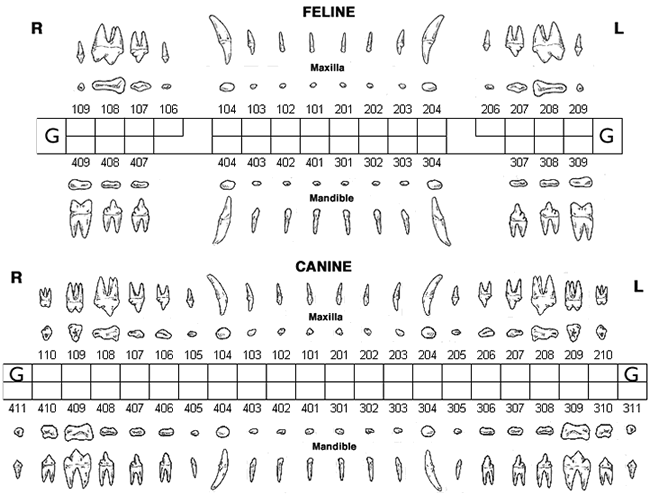
Photo Courtesty of www.dentalvet.com
After we have documented the teeth, we begin cleaning (some technicians prefer to do this simultaneously). We clean the teeth with an ultrasonic scaler that allows us to clean the surface of the teeth without scratching or damaging the enamel. Additionally, we are able to clean plaque from under the gum line using the ultrasonic scaler.
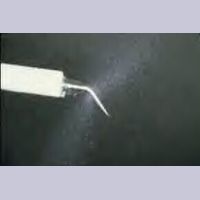
Ultrasonic scaler photo courtesy of www.dentalvet.com
After the teeth are cleaned, we determine if any of the teeth need to be extracted. Any tooth whose health is in question, is x-rayed. The below is a dental x-ray which provides an example of bone loss.
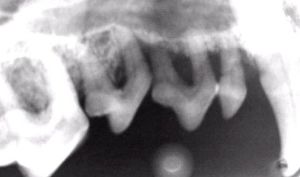
Dental X-ray: example of bone loss. Photo courtesy of www.dentalvet.com
If it is determined that no teeth need to be extracted, we proceed with polishing the teeth. The fluoride polish hardens the outer layer of the tooth, helps decrease sensitivity, and reduce plaque (AVDS). After the teeth have been polished, we update out dental chart to note any other findings, and extracted teeth. Then, we wake the patient up from anesthesia.
Throughout the procedure, there is a technician monitoring heart rate, respiratory rate, blood pressure, refill capillary time, temperature, IV fluid rate, iso levels, oxygen levels, time under anesthesia, etc. While waking up from anesthesia, your pet is monitored until their are awake enough to swallow on their own, and show signs of responsiveness. Then they are repeatedly checked on and monitored throughout the rest of their day at the hospital.
When your pet’s dental procedure is complete, their teeth should look like this:
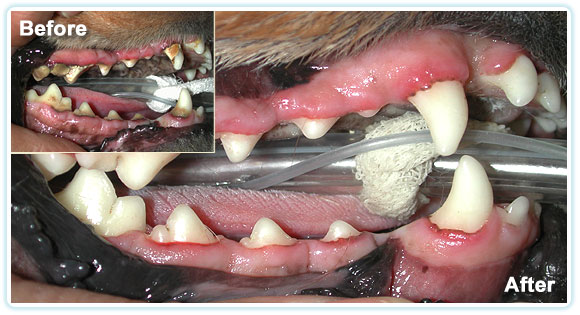
Photo courtesy of http://wilmingtonanimalhospital.com
For tips on how to care for your pet’s teeth to prevent the need for dentals, please visit Carol’s Mom perspective post here.

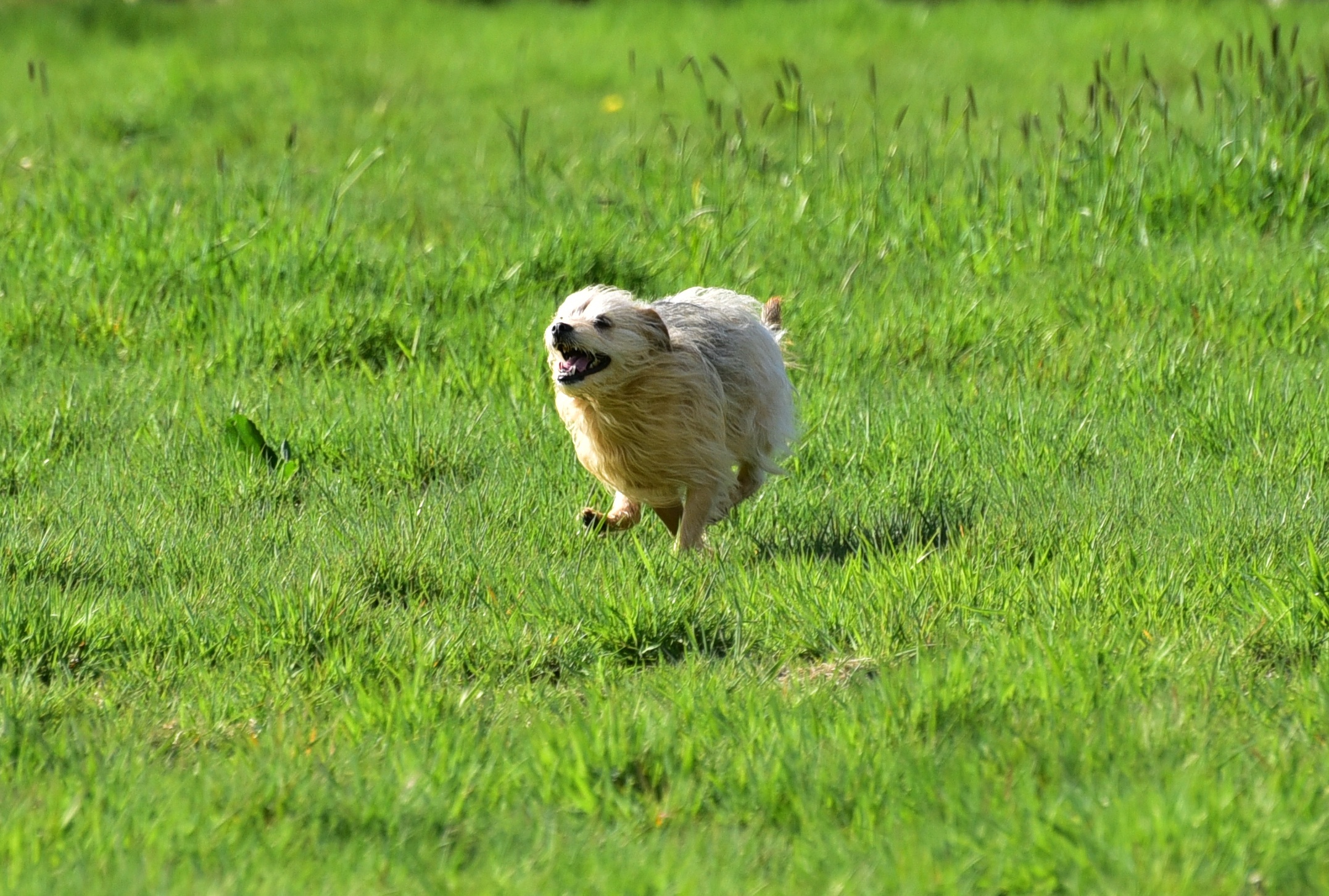
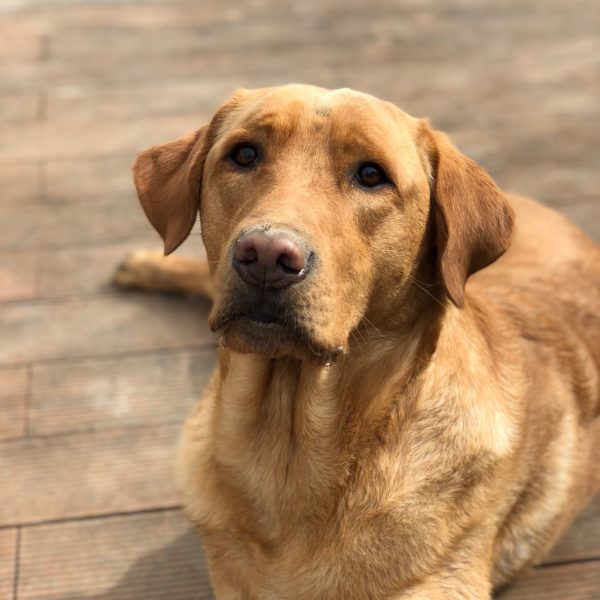

Two French Bulldogs
February 10, 2015 at 7:11 amMom is very aware. That is why she shoves that brush in our mouth
Lily & Edward